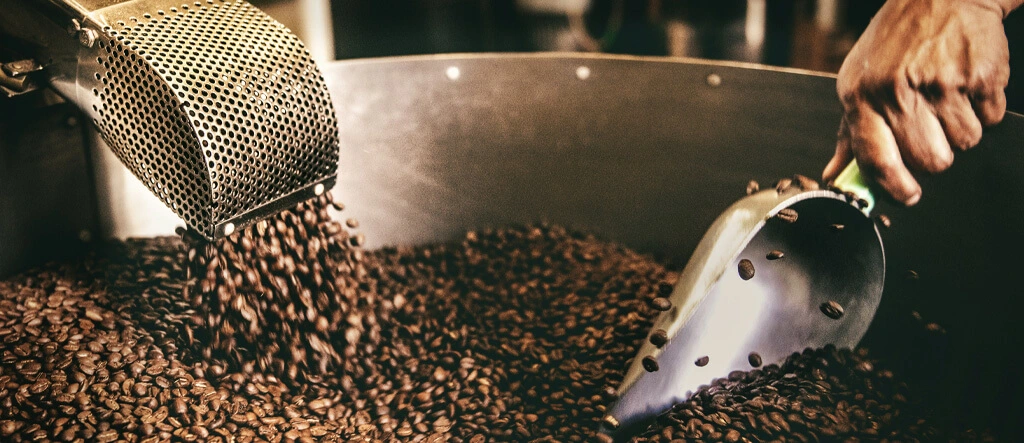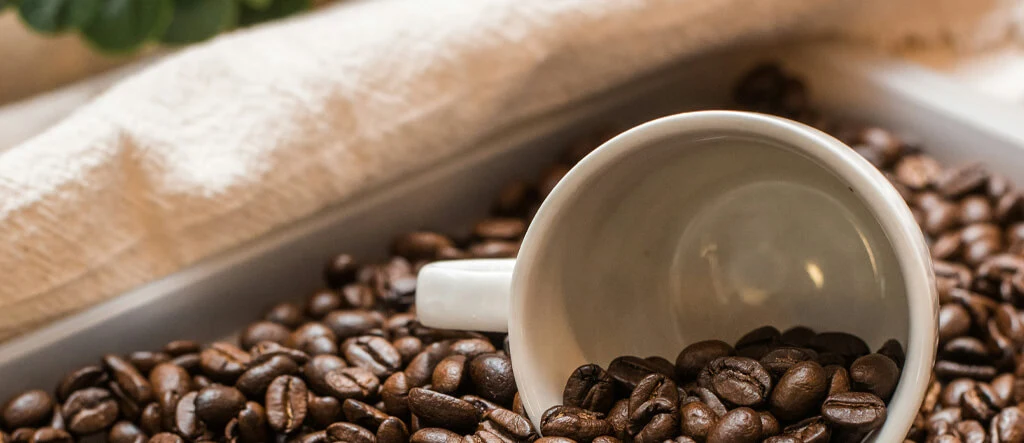Coffee is more than just a morning pick-me-up; it’s an experience, a ritual, and, for many, a passion. In recent years, coffee enthusiasts have become more discerning about where their beans come from, leading to the rise in popularity of single origin coffee. But what exactly is single origin coffee, and why is it considered superior to blends?
Let’s dive deep into the world of single origin coffee, exploring its origins, characteristics, and why it’s often the preferred choice for true coffee connoisseurs.
- What Is Single Origin Coffee?
- Why Is Single Origin Coffee Better?
- How to Select the Best Single Origin Coffee
- Exploring the Different Types of Single Origin Coffee
- Comparison: Single Origin vs. Coffee Blends
- Should You Choose Single Origin or a Blend?
- Popular Single Origin Coffees
- How to Brew for Maximum Flavor
- Wrapping Up
- FAQs
What Is Single Origin Coffee?
Defining Single Origin
Single origin refers to coffee beans that come from one specific geographic location. This could be a single farm, a specific region, or a cooperative of farms within the same area. The key factor is traceability, meaning you can pinpoint exactly where the coffee was grown.
How It Differs from Coffee Blends
Unlike coffee blends, which combine beans from multiple locations to create a consistent flavor profile, single origin highlights the unique characteristics of its place of origin. This means the soil, climate, altitude, and farming techniques all contribute to a distinct taste that reflects the coffee’s terroir.
Why Is Single Origin Coffee Better?
1. Unparalleled Flavor Complexity
One of the biggest draws of single origin coffee is its complex flavor profile. Because the beans are sourced from one location, the unique growing conditions allow distinct flavors to shine through. For example:
- Ethiopian single origin coffee is often floral and fruity with citrusy notes.
- Colombian single origin coffee tends to be well-balanced with caramel sweetness.
- Sumatra single origin coffee is known for its earthy, full-bodied richness.
With coffee blends, individual flavors can get lost as multiple origins are combined for consistency rather than distinction.
2. Higher Quality and Freshness
Single origin coffees are typically harvested and sold in small batches, ensuring better quality control. Coffee blends, on the other hand, may contain lower-quality beans mixed with higher-grade ones to balance out imperfections. With single origin coffee, you get a pure, unaltered experience of the bean’s natural characteristics.
Additionally, single origin is often seasonal, meaning you get fresher beans at peak harvest rather than a mix of beans that may have been sitting in storage for longer periods.
3. Ethical and Sustainable Sourcing
Many single origin coffees come from farms or cooperatives that prioritize ethical sourcing and sustainability. Direct trade relationships often mean farmers are paid fair wages, and environmentally friendly farming practices are encouraged. This benefits not only the coffee drinker but also the farmers and ecosystems involved in production.
4. Transparency and Traceability
Single origin coffee provides complete traceability back to its source. Coffee drinkers can learn about the farm, region, and even the farmer who grew their beans. This level of transparency is rare in commercial coffee blends, where origins are often obscured.
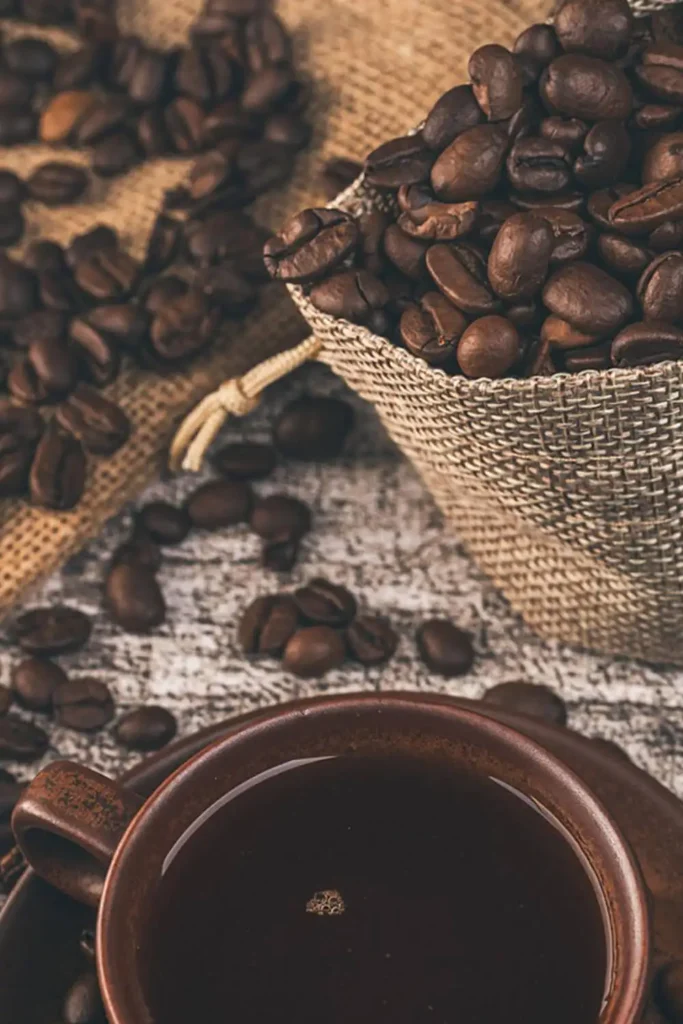
How to Select the Best Single Origin Coffee
When choosing, consider checking the flavor notes, examining the origin of the coffee, and seeking advice from experts in the field. Exploring these elements is essential to discovering a unique and high-quality cup of single origin coffee.
Check the Flavor Notes
When selecting a single origin coffee, checking the flavor notes is crucial. It provides valuable insight into the taste profile of the coffee beans. By examining these notes, you can see whether it’s fruity, chocolatey, nutty, or floral.
Another aspect to consider when checking flavor notes is how they relate to different brewing methods. For example, certain flavors may be more pronounced in specific brewing techniques such as pour-over or French press.
Consider the Origin of the Coffee
When it comes to selecting, it’s important to take into account the particular region where the coffee beans were grown. Each coffee-growing region imparts unique flavors and characteristics to the beans due to variations in climate, soil composition, and altitude.
For instance, Ethiopian coffee often displays floral and citrus notes, while Colombian coffee is recognized for its well-balanced acidity and caramel sweetness. By understanding the coffee’s origin, one can recognize how these regional differences influence the flavor profile of the brewed cup.
Considering the origin also underscores the importance of supporting local farmers and sustainable practices. By opting for single origin coffees from specific regions, one contributes to fair trade initiatives that advocate for ethical farming practices and uphold local communities.
Moreover, by prioritizing traceability to a specific location for the coffee purchase, one ensures freshness and higher quality, as these beans are often carefully cultivated on smaller estates or farms, rather than mass-produced on larger plantations.
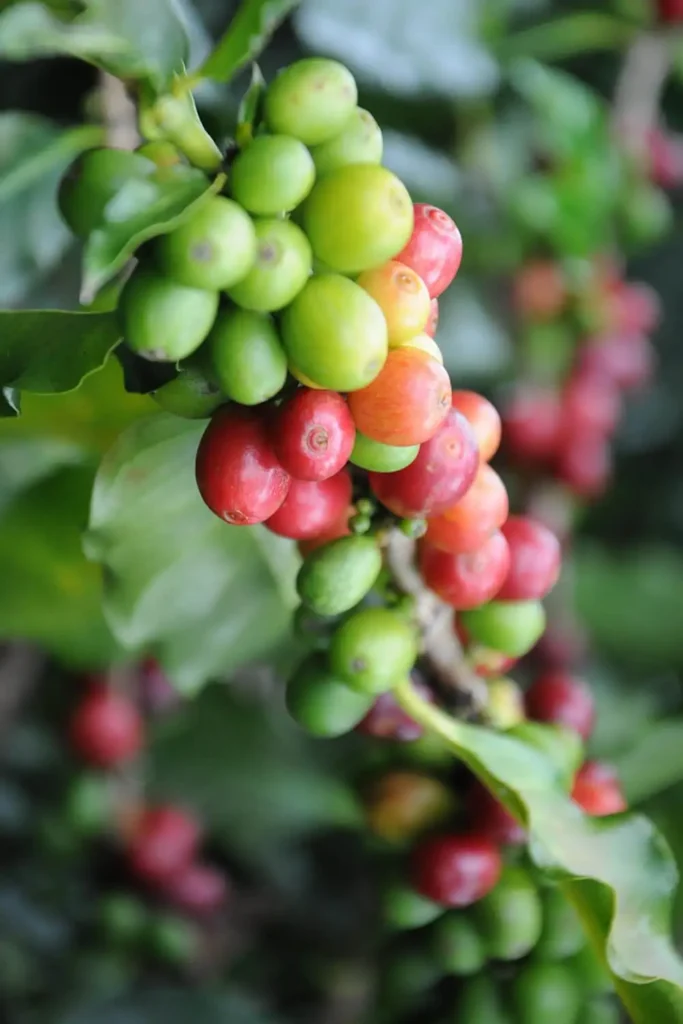
Exploring the Different Types of Single Origin Coffee
1. Single Farm Coffee
These beans come from a specific farm or estate, allowing for the most precise traceability and consistency in flavor.
2. Single Region Coffee
This coffee is sourced from multiple farms within the same geographic region, offering a broader yet still distinct flavor profile.
3. Micro-Lot Coffee
This is an exclusive, small-batch harvest from a single farm, often featuring the best and rarest beans from a given season.
Comparison: Single Origin vs. Coffee Blends
Single origin offers a unique flavor profile distinct to its specific location, whereas coffee blends provide complexity and consistency through the combination of various beans.
The choice between single origin and blends depends on your preference for distinctive flavors versus harmonious combinations.
Flavor Complexity
Single origin coffees offer a diverse range of flavor variations, from fruity and floral notes to chocolatey and nutty undertones. Each coffee type has its own distinct taste profile, reflecting the unique terroir and growing conditions of its specific region.
For example, Ethiopian Acacia Coffee features vibrant citrus flavors with a hint of jasmine, while Colombian El Triangulo Coffee presents a balanced sweetness with caramel and berry notes.
These elaborate flavor profiles allow coffee enthusiasts to explore a range of tastes tailored to their preferences.
Crafting single origin coffees requires skillful roasting techniques that enhance the inherent flavors present in the beans. The careful selection of roast levels ensures that the intricate flavor nuances are not overshadowed but rather accentuated.
This focus on preserving nuanced flavors makes single origin coffees an appealing choice for those looking for more than just a morning caffeine boost; it’s about embarking on an immersive sensory experience through every sip.
Consistency and Dependability
When focusing on single origin coffee, consistency and dependability play a crucial role in ensuring a great cup every time. Single origin coffees, sourced from specific regions, offer a reliable flavor profile that can be trusted with every batch.
This traceability to specific locations allows for a more consistent taste experience, making it simpler for beginners to explore different flavors without the worry of varying quality.
For example, Ethiopia Acacia Coffee consistently delivers fruity and floral notes, while Colombia El Triangulo Coffee reliably offers a balanced and chocolatey flavor profile.
By emphasizing consistency and dependability in single origin coffee, beginners can confidently refine their palate without fretting over taste variations from one bag to another. This reliability makes the exploration of different coffee origins more accessible and enjoyable for those new to specialty coffee.
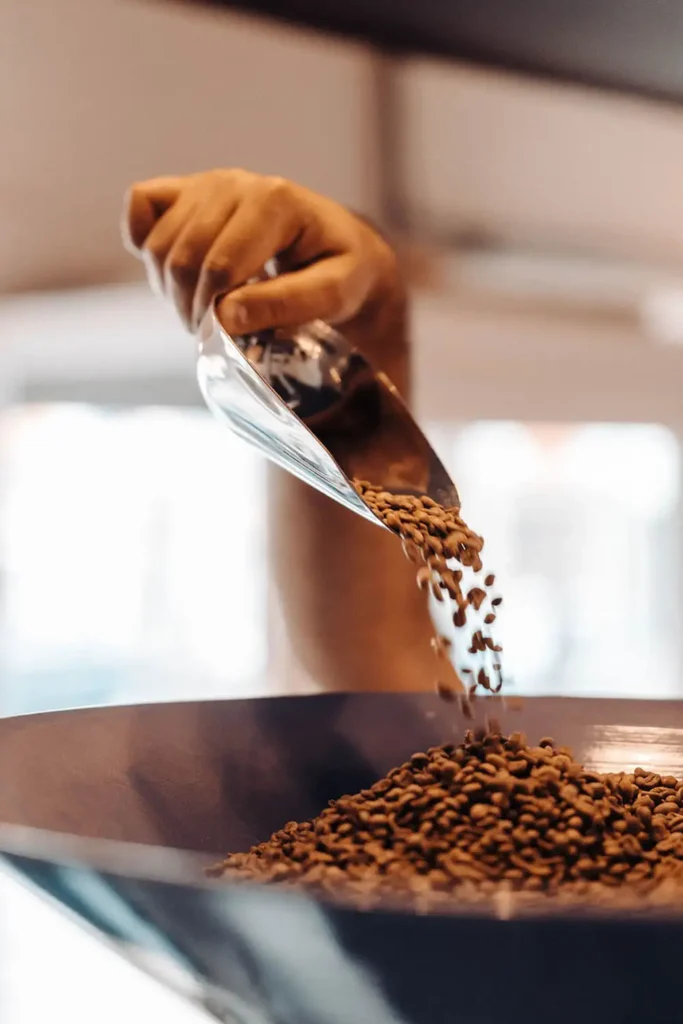
Should You Choose Single Origin or a Blend?
The choice between single origin and blended coffee depends on what you’re looking for:
- If you love consistency and balance, a blend might be for you.
- If you enjoy exploring unique flavors and origin stories, go for single origin.
Common Misconceptions
Dispelling some widespread misunderstandings.
- Single origin means superior quality always: It’s a common misconception that if coffee is single origin, it’s automatically the best. This isn’t accurate. Quality is determined by various factors like farming practices and roasting techniques.
- All coffee tastes the same: Incorrect. Each single origin coffee possesses its unique flavor profile due to its specific growing conditions and varietal.
- It’s too pricey for everyday consumption: Many assume that specialty coffee is a luxury. However, you can find single origin coffees at a range of prices that are suitable for daily use.
- Single origin is exclusively for black coffee drinkers: Some argue that if you add milk or sugar, you won’t perceive the difference. This is not the case. Even with these additions, the distinct flavors of single origin coffee can still be prominent.
- You require fancy apparatus to brew it: A prevalent misunderstanding is that making single origin coffee demands top-tier machines. In truth, you can utilize basic techniques like pour-over or French press to savor its distinct taste.
Popular Single Origin Coffees
Discover the unique flavors of Ethiopia Acacia Coffee, Colombia El Triangulo Coffee, and Tanzania Iwalanje Coffee. Experience distinct coffee profiles from these renowned origins.
Ethiopia Acacia Coffee
Ethiopia Acacia Coffee is well-known for its unique flavor profile, featuring floral notes and a lively acidity. Cultivated in the Sidama region of Ethiopia, this specialty coffee showcases a distinct blend of citrus, jasmine, and bergamot flavors.
The Arabica beans used to produce Ethiopia Acacia Coffee are carefully grown at high altitudes – ranging from 1,500 to 2,200 meters above sea level – contributing to the exceptional quality of the coffee.
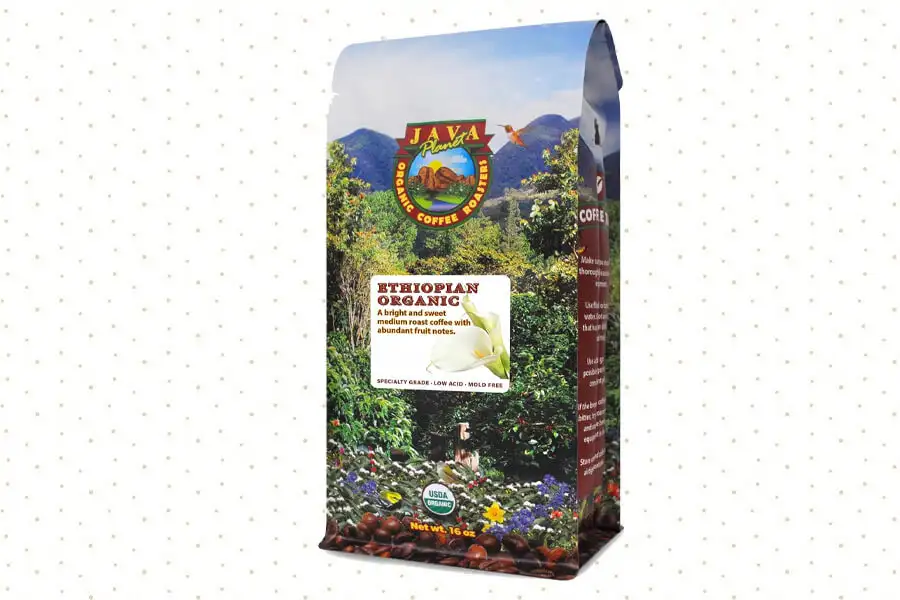
With a heritage dating back centuries, Ethiopian coffee farming practices have established a reputation for excellence within the industry.
Furthermore, coffee distinguishes itself by promoting sustainable agricultural methods that prioritize environmental conservation and community development. Reflecting the rich history and culture of Ethiopian coffee production, Ethiopia Acacia Coffee offers enthusiasts an authentic taste of one of the coffee world’s most esteemed origins.
Colombia El Triangulo Coffee
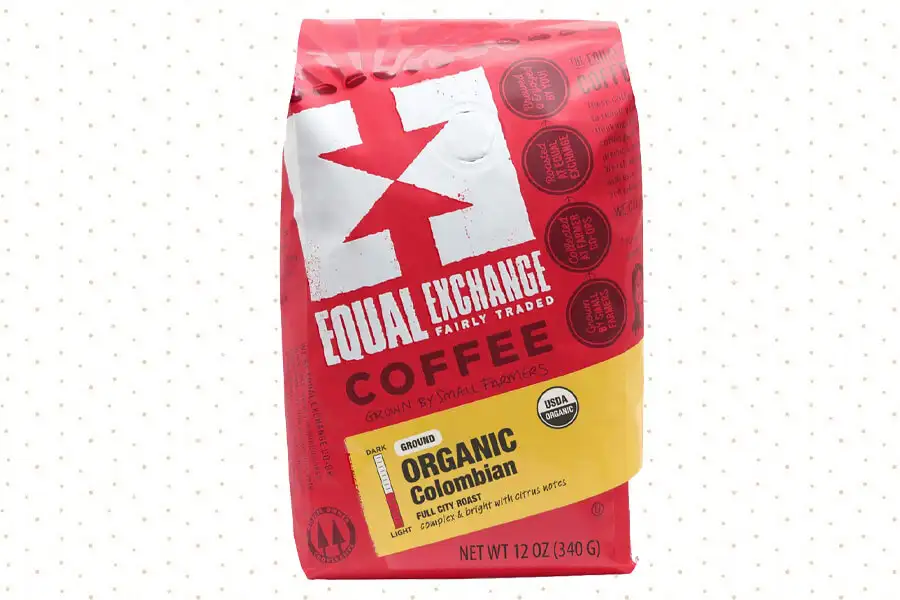
Colombia El Triangulo Coffee is renowned for its high quality and unique flavor profile. This coffee is cultivated in the Huila region, known for its ideal climate and altitude, which contributes to the coffee’s exceptional taste.
The rich volcanic soil imparts a distinctive sweetness to the beans, while the careful processing methods bring out delightful notes of citrus and cocoa. By choosing Colombia El Triangulo Coffee, you can savor a truly authentic experience that reflects the dedication of local farmers and their commitment to sustainable practices.
Tanzania Iwalanje Coffee
Tanzania Iwalanje Coffee boasts a vibrant acidity and fruity flavor notes, captivating coffee enthusiasts. Cultivated in the Mbeya region at elevations between 1,600 to 1,800 meters above sea level, this specialty coffee flourishes in the region’s fertile volcanic soil.
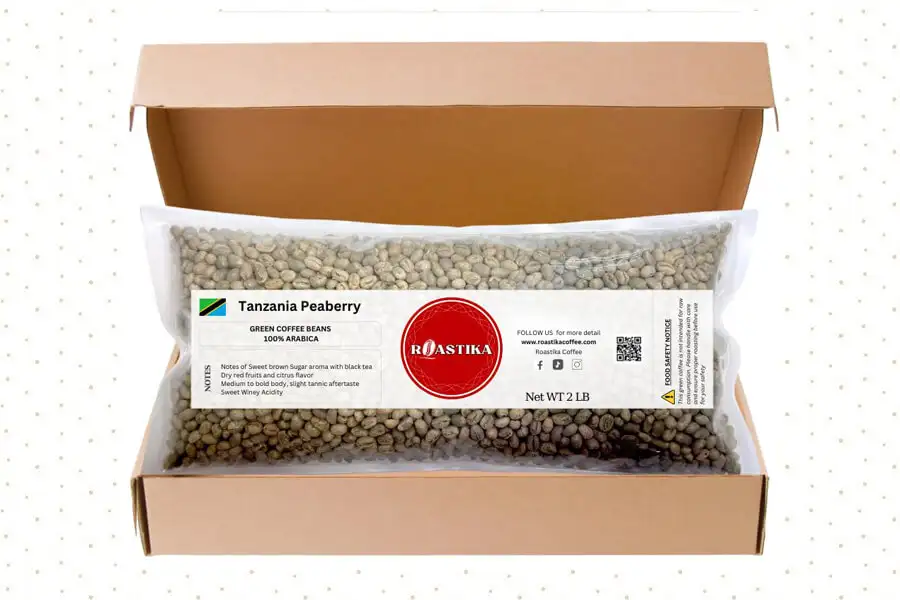
The unique taste of Tanzania Iwalanje Coffee features subtle undertones of blackcurrant, red apple, and caramel, providing a distinct sensory journey that distinguishes it from other single origin coffees.
Embracing sustainable practices in coffee farming, Tanzanian farmers are committed to producing top-tier beans while advocating for eco-friendly cultivation methods.
The production of Tanzania Iwalanje Coffee has significantly contributed to local economy and community development. By opting for this variety, consumers not only savor a delightful drinking experience but also bolster the livelihoods of smallholder farmers in Tanzania.
Moreover, with its burgeoning reputation in the specialty coffee industry, Tanzania Iwalanje Coffee showcases the country’s potential as a leading contender in the global coffee market.
How to Brew for Maximum Flavor
1. Choose the Right Brewing Method
Different single origin coffees shine with different brewing methods:
- Pour-over (e.g., Chemex, V60) – Enhances clarity and complexity.
- French press – Brings out the bold, rich notes.
- Espresso – Highlights intense and concentrated flavors.
2. Grind Size Matters
Using the correct grind size enhances extraction:
- Coarse grind for French press
- Medium grind for drip coffee
- Fine grind for espresso
3. Use Filtered Water
Since coffee is 98% water, using filtered water prevents unwanted flavors from interfering with the coffee’s natural taste.
4. Experiment with Brew Ratios
Start with a 1:16 coffee-to-water ratio (e.g., 30g coffee to 480g water) and adjust based on preference.
Wrapping Up
Single origin coffee offers a pure, high-quality, and flavorful experience that connects drinkers to the origins of their brew. Whether you’re sipping on a floral Ethiopian Yirgacheffe or a deep, earthy Sumatran coffee, each cup tells a story of its unique terroir and careful cultivation.
For those who appreciate variety, authenticity, and ethical sourcing, single origin coffee is undoubtedly the better choice. So next time you’re at your favorite shop or shopping for beans, give single origin coffee a try—you might just discover a new favorite!

FAQs
1. Is it stronger than other blends?
Not necessarily. The strength of coffee depends on the roast level and brewing method rather than whether it’s single origin or a blend. However, single origin coffees can have more distinct and pronounced flavors.
2. Why it’s more expensive?
It’s often more expensive due to limited availability, higher quality control, and direct trade practices that ensure fair wages for farmers.
3. Can I use it for espresso?
Yes! Many specialty coffee lovers prefer single origin espresso to highlight specific flavors. However, some single origin beans may be more acidic or bright, which can be surprising in an espresso shot.
4. Does it have more caffeine?
Caffeine content is more influenced by the coffee variety (Arabica vs. Robusta) and brewing method than whether it’s single origin or a blend.
5. What is the best roast level for single origin coffee?
The best roast level depends on the coffee’s origin and intended brew method. Lighter roasts preserve unique flavors, while medium or dark roasts can enhance body and richness.
Single origin coffee isn’t just a trend—it’s an invitation to explore coffee in its purest form. Enjoy the journey!


